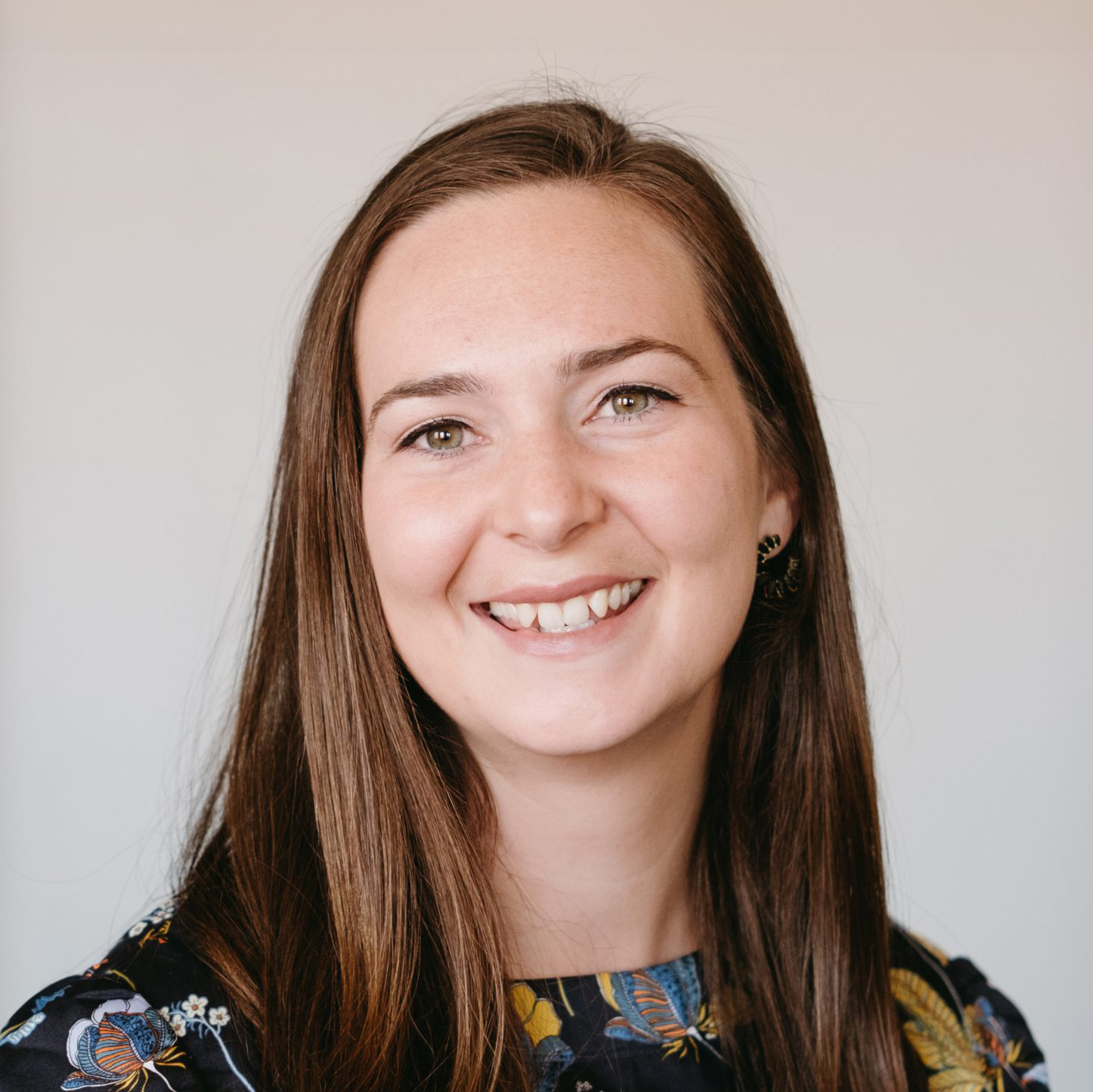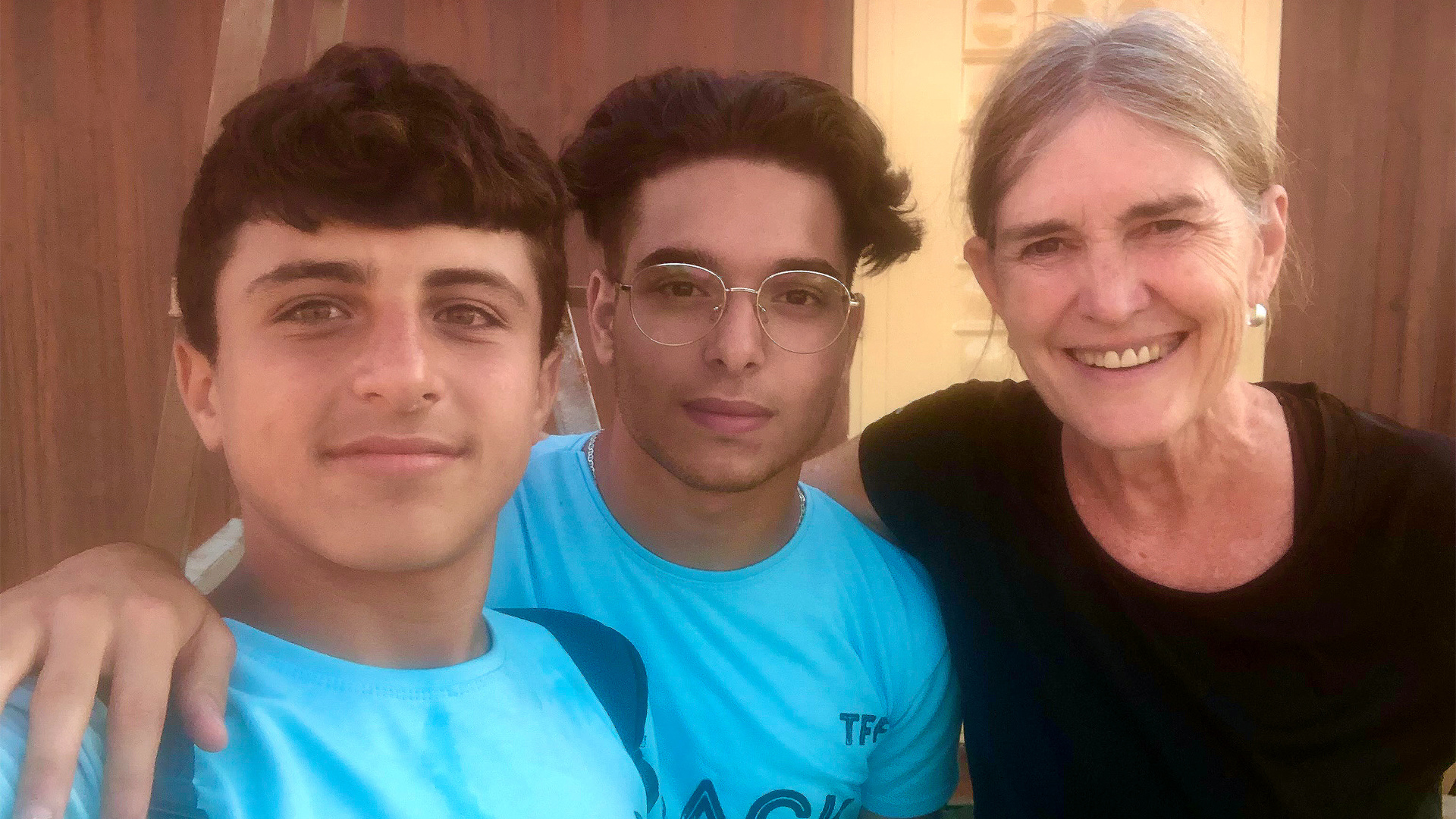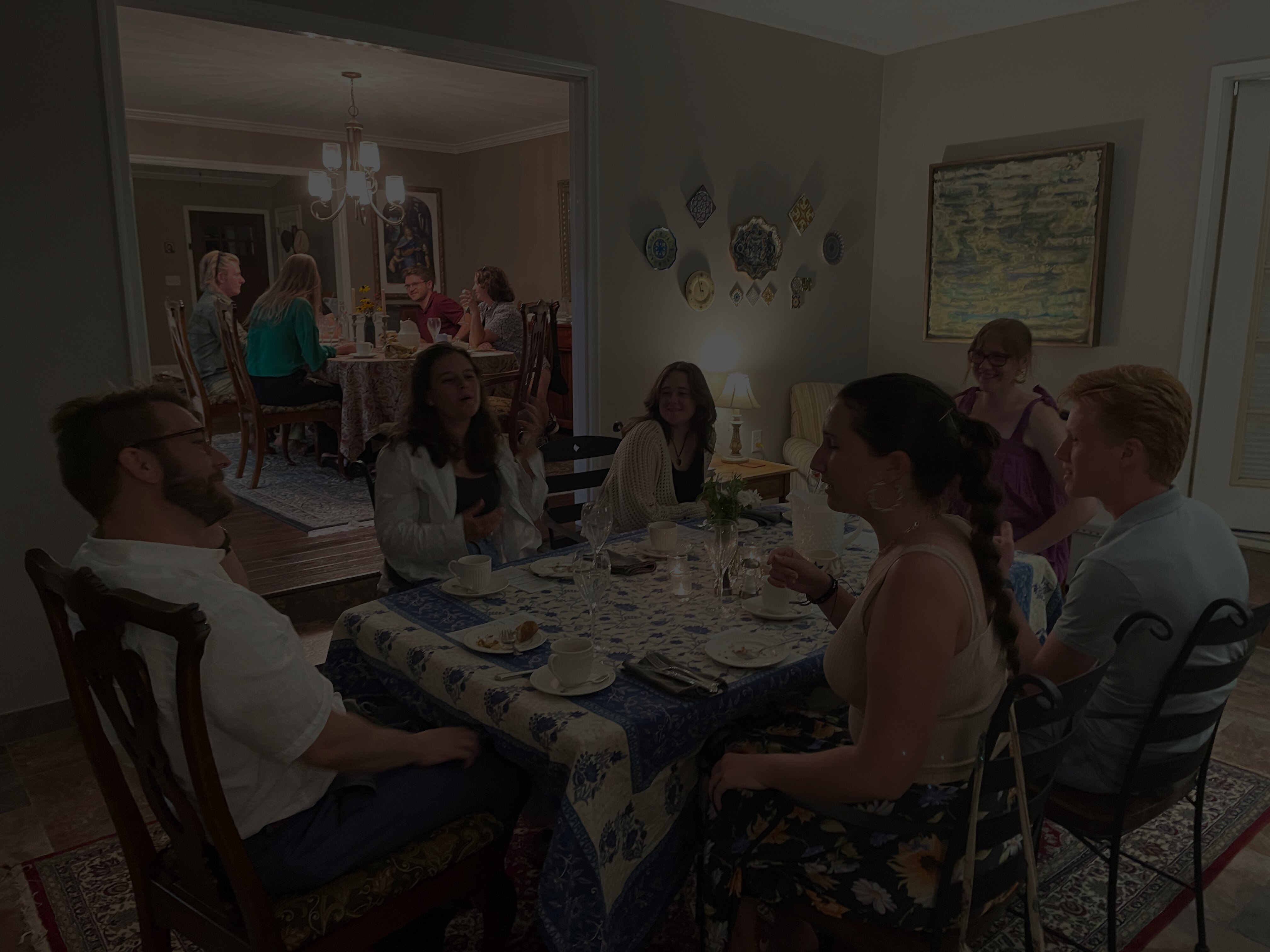Sea Dog Theater's "Tuesdays with Morrie": A Powerful Adaptation Finds a Home
We’re delighted to introduce you to Chris Domig, a long-time Comment reader and the founder of Sea Dog Theater in New York City. Chris’s interest in theatre began as a child in Salzburg, Austria, but it was his involvement with an acting group at Wheaton College that shaped his perspective on acting. Around the same time, Chris discovered the writing of Frederick Buechner, whose understanding of the world’s brokenness—and the glimpses of grace within it—further enriched his artistic expression.
After completing his education, Chris found himself navigating the competitive landscape of the New York City theatre industry. Eventually he founded Sea Dog Theater, which is committed to telling stories that probe the essence of the human experience. As Chris puts it, “We tell stories of alienation and reconciliation.” Productions at Sea Dog Theater invite audiences to confront universal questions surrounding their shared humanity. What remains when life is pared down to its core, when stability is upended? What underpins our existence—is it a foundation of darkness and chaos, or one of grace and love?
“I always wanted the foundation of Sea Dog Theater to be people and stories,” says Chris, “a place where artists and audience members encounter one another in their full humanity.”
This desire comes to life in every Sea Dog Theater production, but none have resonated quite like the latest production, an adaptation of the book Tuesdays with Morrie. It didn’t come easy. It took nearly two years to bring to the stage. Theatres were prohibitively expensive, and Sea Dog had no advertising budget.
Chris Domig (right) and Len Cariou (left) on the set of Tuesdays with Morrie.
But eventually, Chris’s vision led him to Calvary St. George’s, a small chapel transformed into the perfect setting for the stripped-down performance. Tony Award winner Len Cariou agreed to play Morrie, a former sociology professor who, upon receiving a diagnosis of ALS, begins a series of weekly meetings with one of his former students. Lacking space for props on the Calvary St. George’s stage, director Erwin Maas suggested they do it as a memory play that takes place in Mitch’s head.
The play has struck a profound chord with audiences, with sold-out performances, an encore run, and, three weeks ago, a front-page write-up in the Arts section of the New York Times.
“On stage as in life,” says Chris, “we are caught between these major currents, navigating toward a shore we hope—but don’t always know—is there. We look for signs and clues that the final word about existence isn’t chaos or despair, but a joyous encounter by someone or something that knows and loves us to the depths of our being. The motto of our voyage is carved into the bow of our ship: ‘We must love one another, or die.’”





